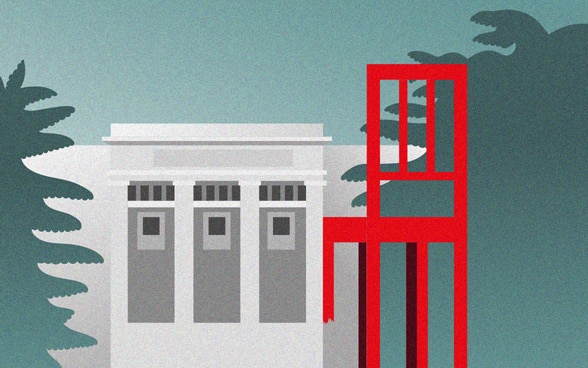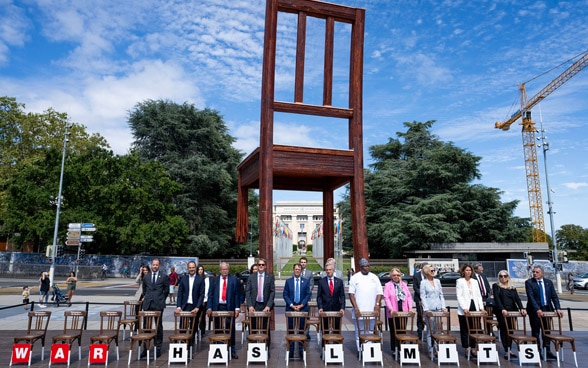- Home
-
Foreign policy
Foreign policy
-
International law
-
International humanitarian law
- Geneva Conventions
- Switzerland’s commitment as a state party to the Geneva Conventions
- Strengthening respect for IHL
- The Interdepartmental Committee for International Humanitarian Law
- Voluntary report on the implementation of international humanitarian law
- International Humanitarian Fact-Finding Commission
- Private military and security companies
- Prohibition and restriction of weapons
- Geneva Conventions
Geneva Conventions
The four Geneva Conventions of 1949, the two Additional Protocols of 1977 and the Additional Protocol of 2005 form the core of international humanitarian law. They protect persons who are not, or no longer, participating in hostilities.


